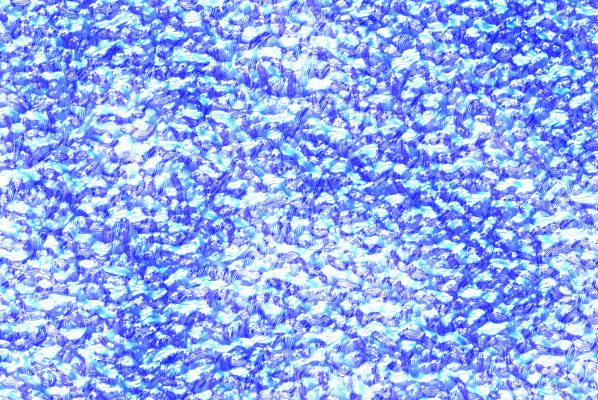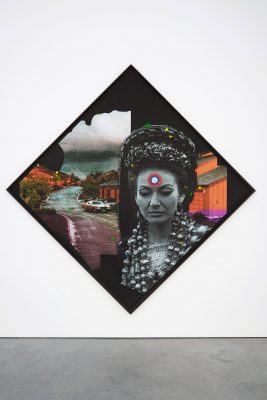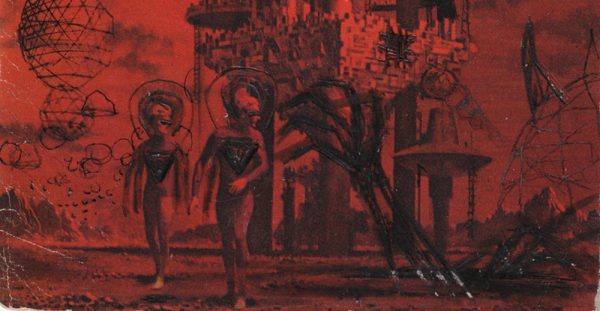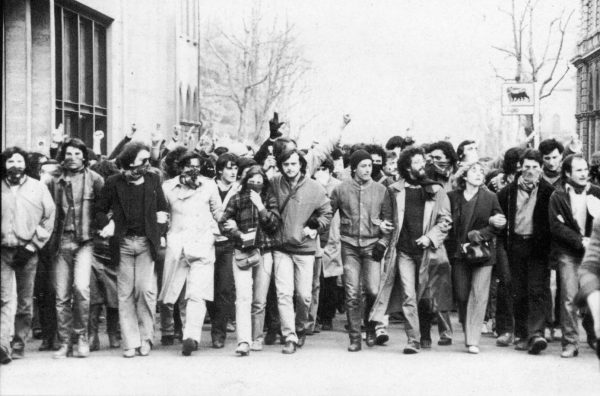Guiding issue 31 of The White Review are questions of survival. How to carry on in the aftermath of catastrophe? How to reckon with the spectres of history? How to transform an ordeal into something liveable – or even something pleasurable?
Within these pages, violence is the subject of scrutiny and polemic, but wounds and weapons are also reimagined. The issue begins with Lina Meruane’s darkly erotic short story ‘Deeper’, translated by Megan McDowell, in which a woman refuses to sew up a surgical lesion because she’s found another use for her ‘new opening’. In ‘Seaglass’, a personal essay on displacement and loss in Libya and Lebanon, Moad Musbahi uses washed-up glass as a metaphor for ridding shrapnel of danger. Issue 31 also contains two startling works of short fiction by Pip Adam, in which people begin to grow so large that the rich and powerful arrange for their disposal, an essay by Philippa Snow on Anna Nicole Smith, who lived and died in the image of her idol, Marilyn Monroe, and a letter to England by Thomas Glave, in which the author addresses the legacy of the British Empire. Elias Rodriques explores the role insomnia, music and kinship play in the lives of a Jamaican family who relocate to the US, and Celia Bell’s anti-fable, ‘The Magic Dollar’, tells the tale of a woman who murders her own conscience. There is poetry by Fran Lock, Kimberly Campanello and Shripad Sinnakaar, Fernanda Melchor discusses her love of horror and nota roja (a form of sensationalist journalism popular in Mexico), and Anuk Arudpragasam reflects on writing about the Sri Lankan Civil War and its aftermath.
‘Maybe I could just catch a shaft of light, and something could transform’, the artist Jamie Crewe says in a far-reaching interview, in which they discuss using the myth of Orpheus and Eurydice – the story of a woman consigned to live in darkness – as ‘a way of talking about transness’. Crewe rephotographed a scene from the animated video Pastoral Drama (2018) especially for the cover of The White Review, and a series of stills from the video are included inside. If anyone has excelled in the art of survival it is Mona Ahmed: a woman who, estranged from family and community, made a home for herself in a New Delhi graveyard. To mark the twentieth anniversary of the publication of the photobook Myself Mona Ahmed, photographer Dayanita Singh and scholar Vikramaditya Sahai discuss her life and legacy. A series of spreads from the photobook also feature inside this issue. As Sahai says, ‘Mona takes to the graveyard because she knows that you have to leave one world behind in order to create a new one.’
This issue of The White Review is the first of our collective editorship. It was made in the spirit of togetherness, in times of enforced separation, between Goa, Glasgow and London. We would like to extend our heartfelt gratitude to The White Review’s outgoing editor Francesca Wade – and to our contributors, who continue to work in the face of the pandemic. You embody a spirit of resistance, reckoning and ingenuity that we hope to do justice.




